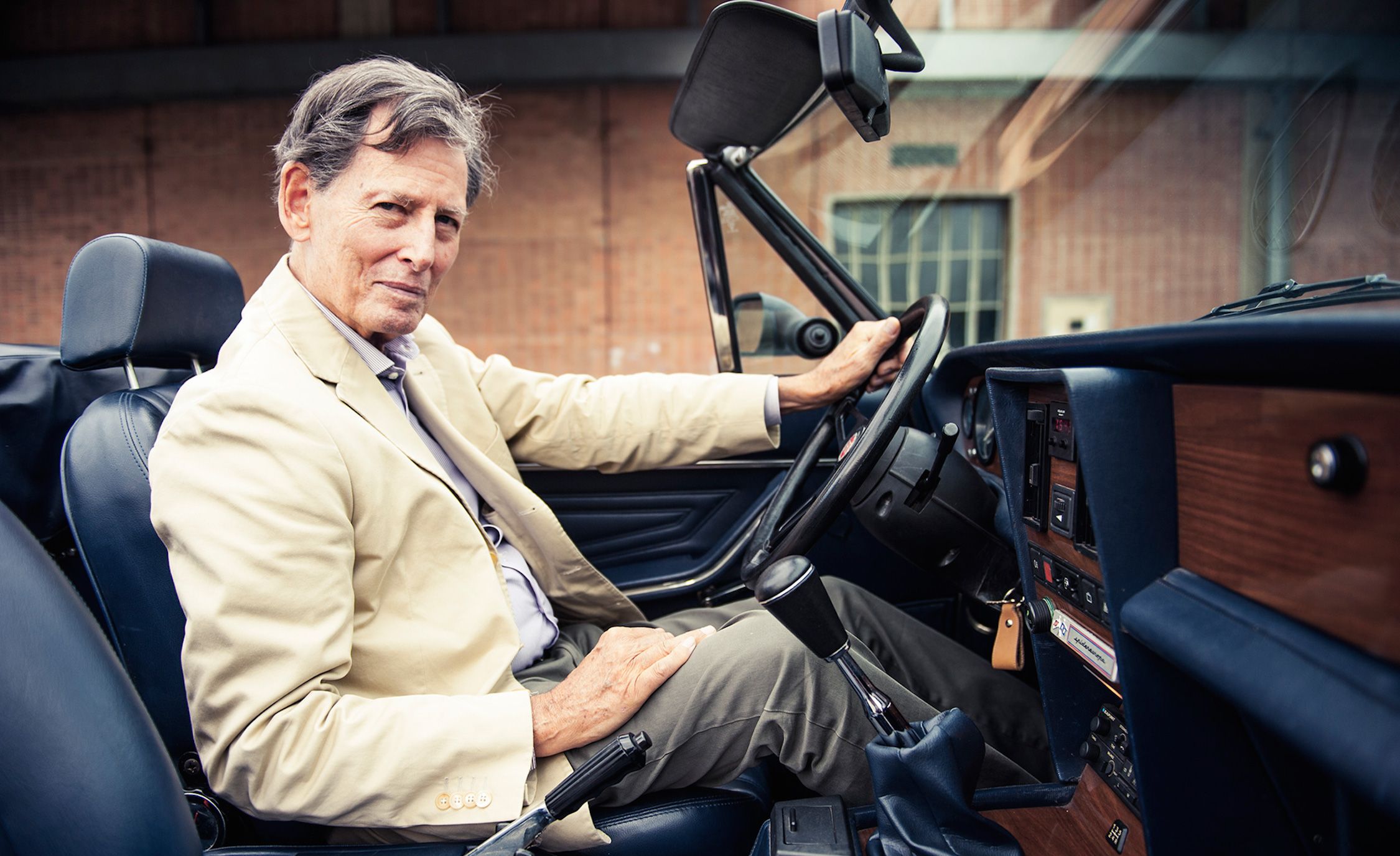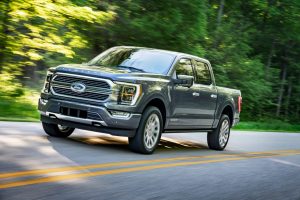It was my great and good fortune to know, to have worked with, and to have become friends with the late Tom Tjaarda.
You may or may not know Tom Tjaarda’s name, I promise you know his work. Chances are, one of his automotive designs may be on your All Time Favorite list, be it a one-off Fiat, a Ferrari, or the original Ford Fiesta that has sold by the millions. Why doesn’t his name come up with the same frequency as Gandini or Guigiaro? Beats me. He lived and worked in the same Italian design community — Turin — has done stints at some of the same great styling houses, and provided his talents to many of the same clients as the others. Perhaps Marcello and Giorgio just did more or better PR…
For a man whose work is most often associated with Italian automobiles, it’s interesting that his upbringing and education are as American as a ’57 T-Bird. Of Dutch descent, Tom Tjaarda (pronounced Char-duh) was born in Michigan, and his father, John, was also an automotive designer. Among John Tjaarda’s efforts was the thematic concept that became the streamlined Lincoln Zephyr, considered a breakthrough design in the 1930s. Tom majored in Architecture at the University of Michigan. So how did he go from Michigan student to Ghia designer in one swipe? While at the University, one of his professors gave him the assignment of constructing a scale model of a sports stationwagon. Upon seeing the finished project, the prof showed it to his friend Luigi Segre, then head of Carrozzeria Ghia. Next thing Tom knew, he was on a plane to Turin; joining Ghia in 1959.
Tom designed countless DeTomasos, several Fiats (including the original 124 Spyder), an Italian bodied Corvair (very pretty) and an Italianized Mercedes-Benz SL Roadster. Plus several production Ferraris.
Tom and I visited every time he came to America, or that I went to Italy. And we spent hours and days on end talking cars. One time, perhaps 20 years ago, he and I were walking the floor at the Geneva Auto Show and I asked him: “Tom, what in your opinion is the ultimate car or vehicle?” Without a nanosecond’s hesitation, he replied “oh, that’s easy, a modern F-150.”
I thought maybe it would be this Italian exotic or that, but no. And I knew it wouldn’t be one of his own designs, as he was far too modest to play that card.
I of course asked him to explain and justify his position. He thoughtfully replied “what vehicle can reliably, comfortably, safely and capably do more for about $25,000?”
He went on to point out that “the extended cab version can comfortably accommodate 5-6 people “nowadays with options and features that you used to only be able to get in a Lincoln — like leather upholstery, a powerful V-8 engine, really good HVAC, power everything, and such”– a modern American pickup truck can do all of that, plus tow your house and carry anything in it.”
I was struck with the simplicity, clarity, conviction and brilliance of this assessment. He makes a point that a big American pickup may or may not pluck your all of your aesthetic heartstrings, and won’t thrill you in the way a Miura (or his own DeTomaso Pantera) might, but in terms of effective transportation not only in terms of pure capability, but in terms of value, its an inspired philosophy.
Tom passed away in 2017, and I miss his engaging and often inspired brilliance.




